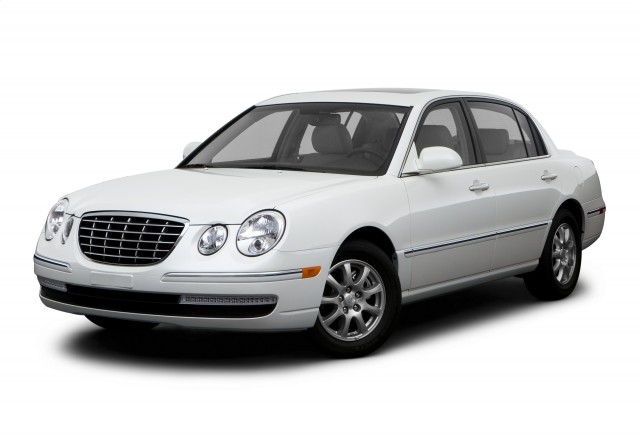2009 Kia Amanti Overview, Reviews, Ratings & Specs
Horsepower
264
Seats
5

Positive Owner Reviews
2009 Kia Amanti Owner Reviews
4.33
3 Reviews
5 stars
33%
4 stars
67%
3 stars
0%
2 stars
0%
1 star
0%
Kala D
on March 31, 2020
Great car overall but expensive maintenance
Only complaint is the mpg. Car runs great. Has amazing horsepower. Sound system is my favorite thing. I would also say that there are to many miles on it and that makes me nervous though because Kia repairs are not cheap. Also this car was way overpriced for what we got at that age
Ian Duff
on October 25, 2019
Quiet.powerful
Since purchase un 2004 maintenance ha been a ser of Michelin tres, a light bulband the services a usar.
Ranks #4 Luxury Large Cars by Owners
The 2009 Kia Amanti has an average owner rating of 5.00 out of 5 which ranks it #4 of 9 other Luxury Large Cars.
Safety & Reliability

NHTSA Crash Test
(Not Rated)
*National Highway Traffic Safety Administration

IIHS Crash Test
Moderate Overlap Front
Side
Roof Strength
Not Rated
Driver-side Overlap Front
Not Rated
*Insurance Institute for Highway Safety